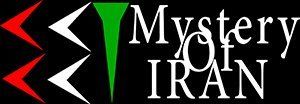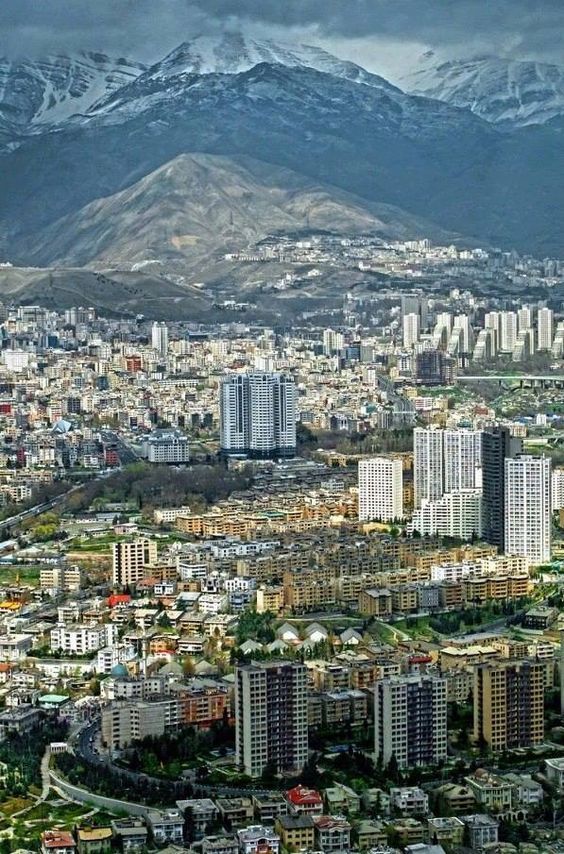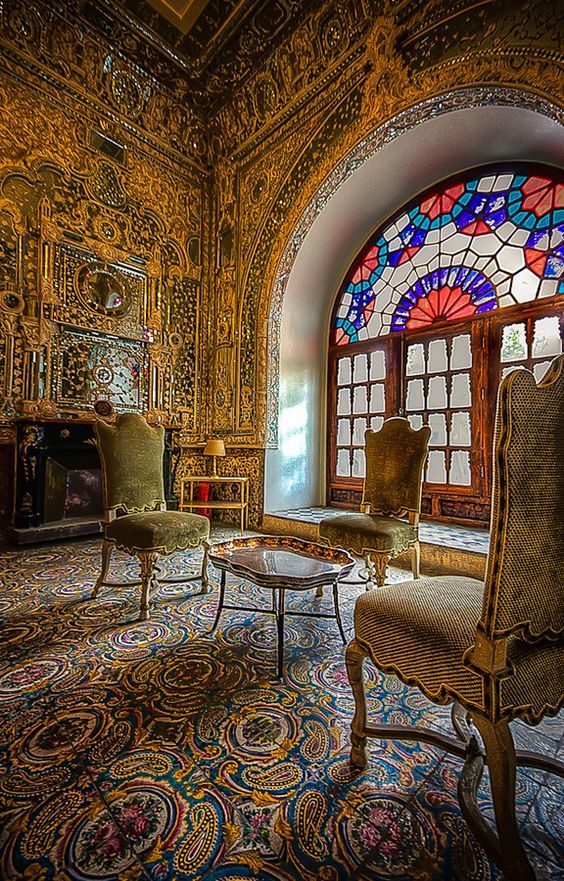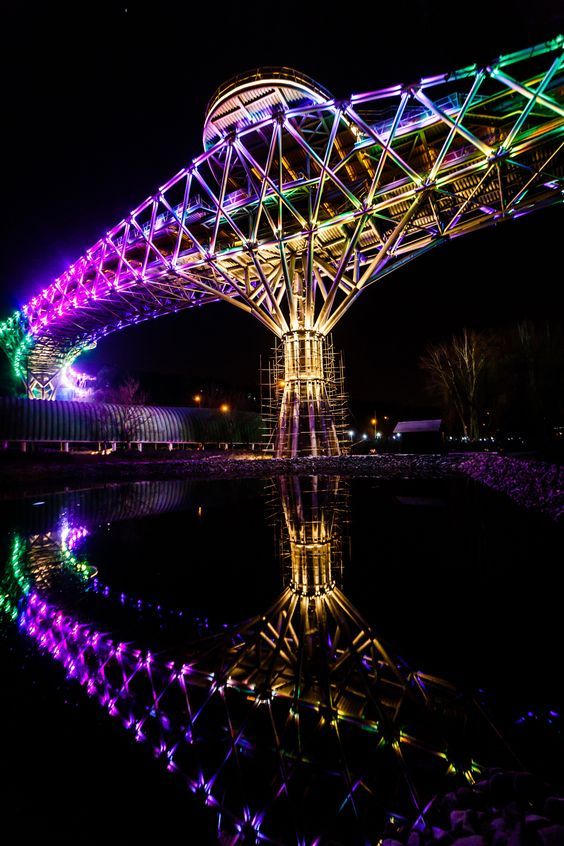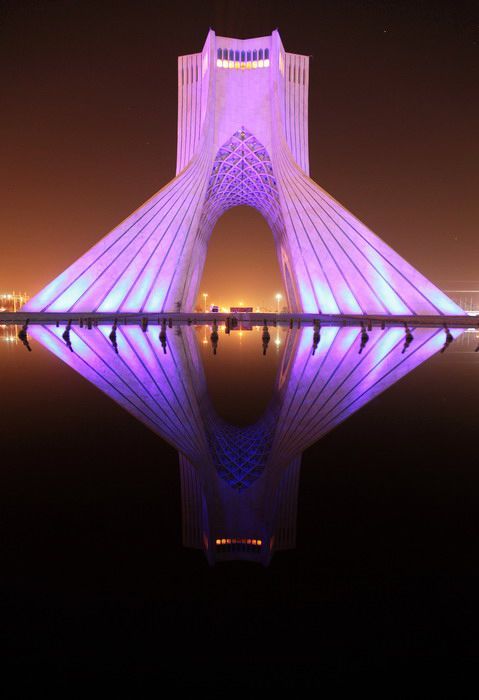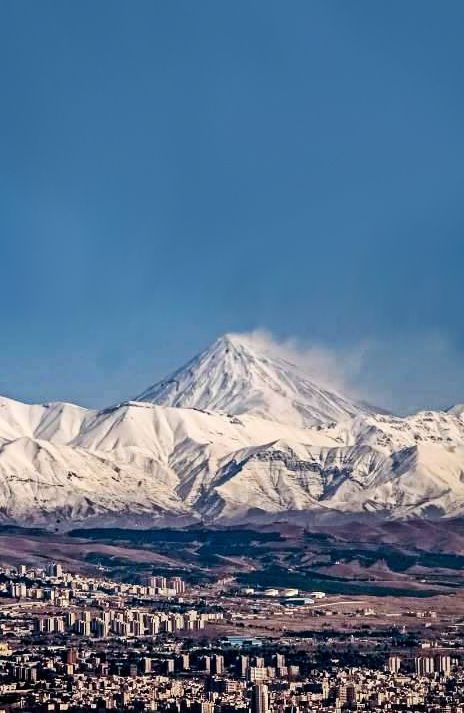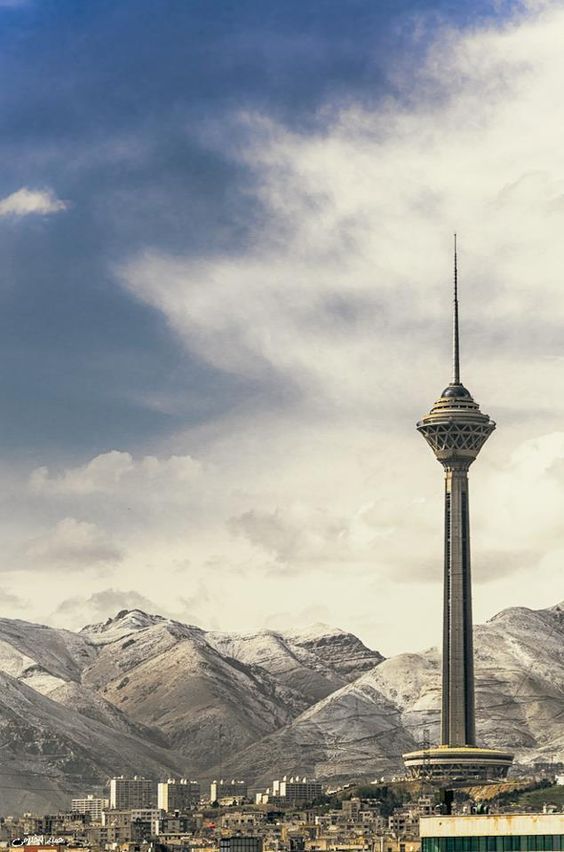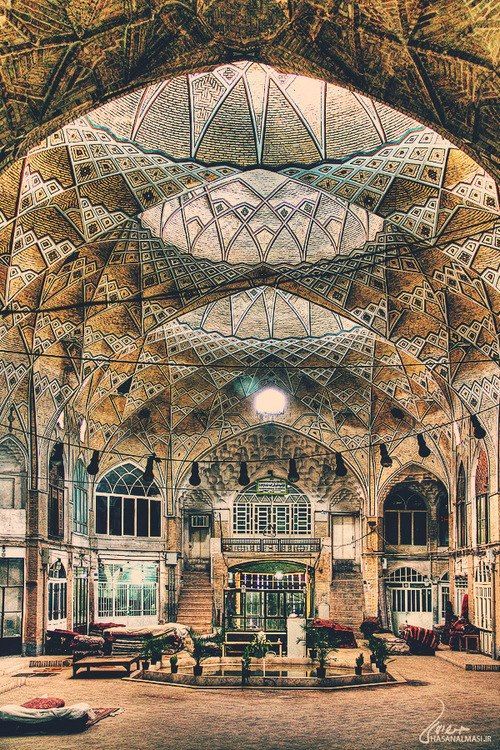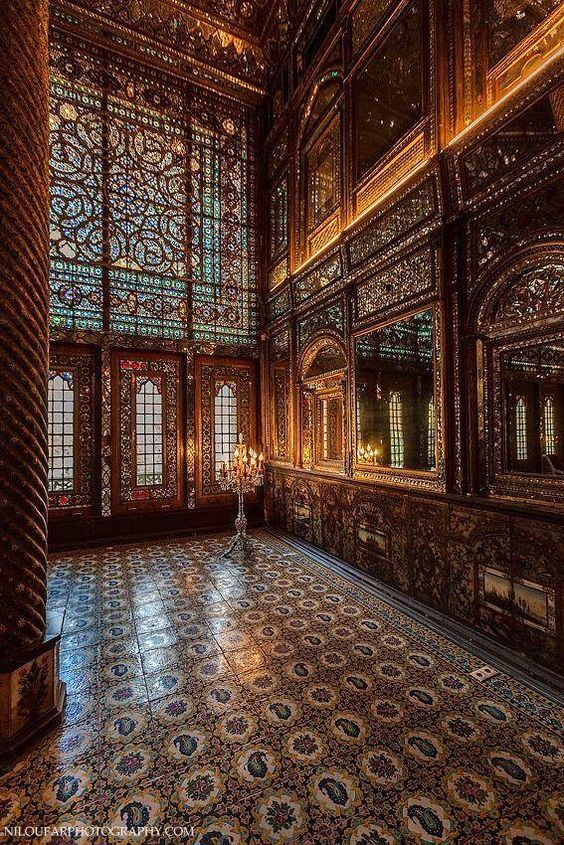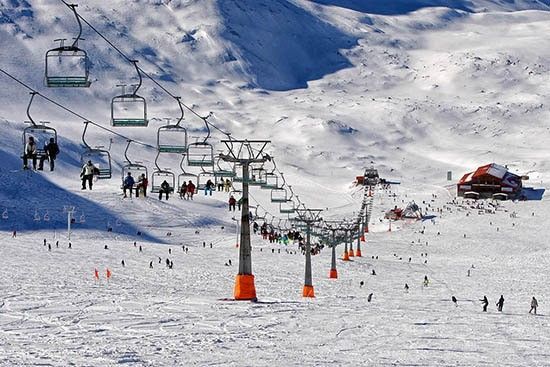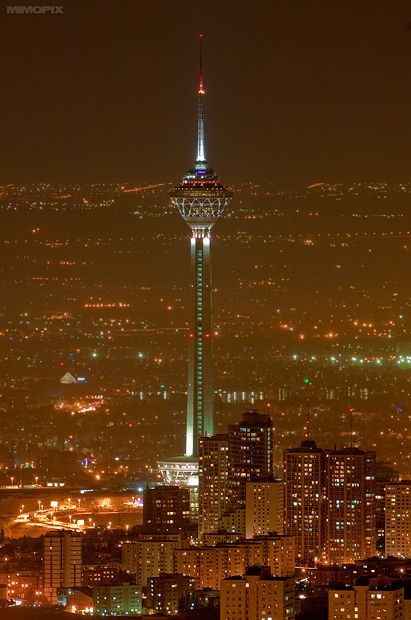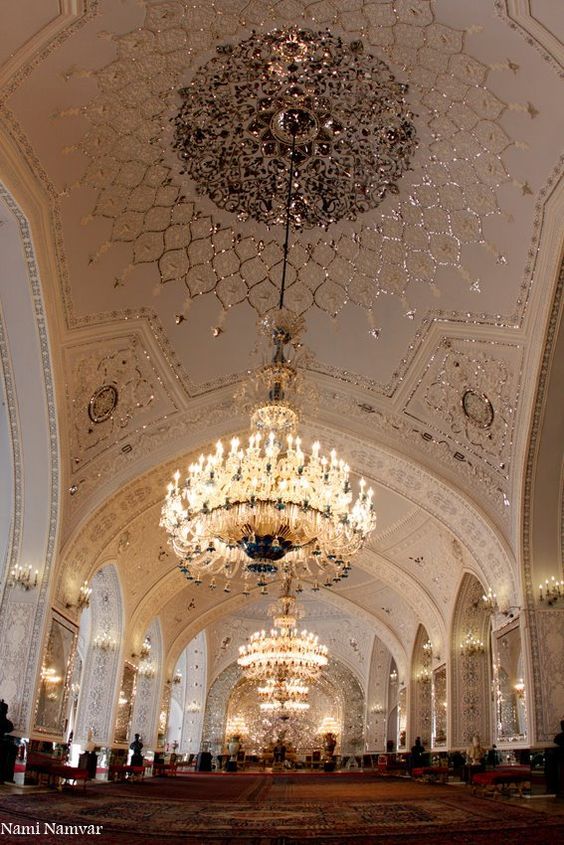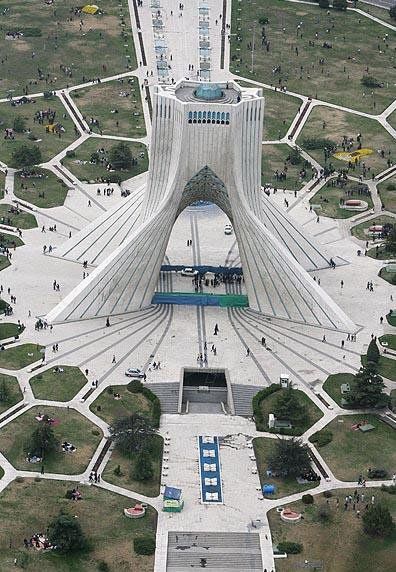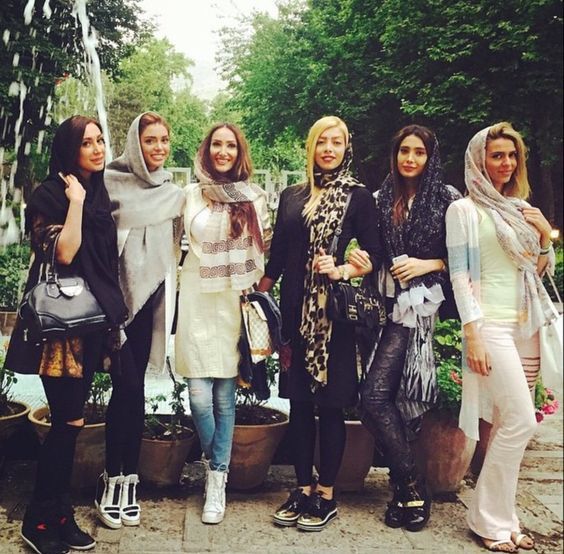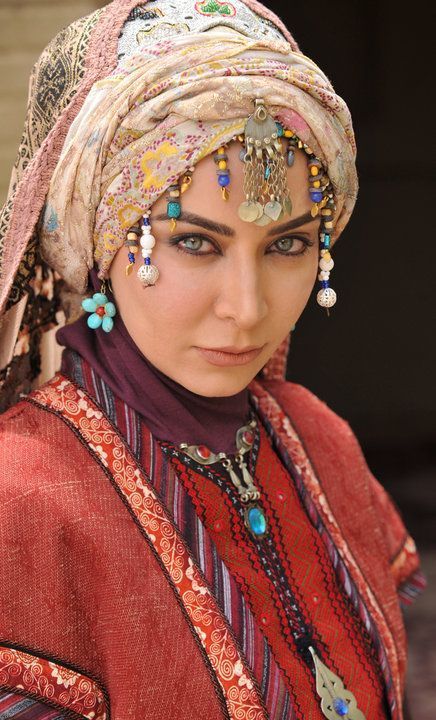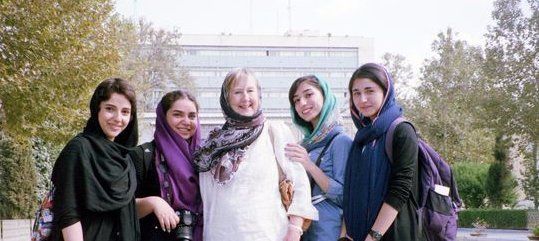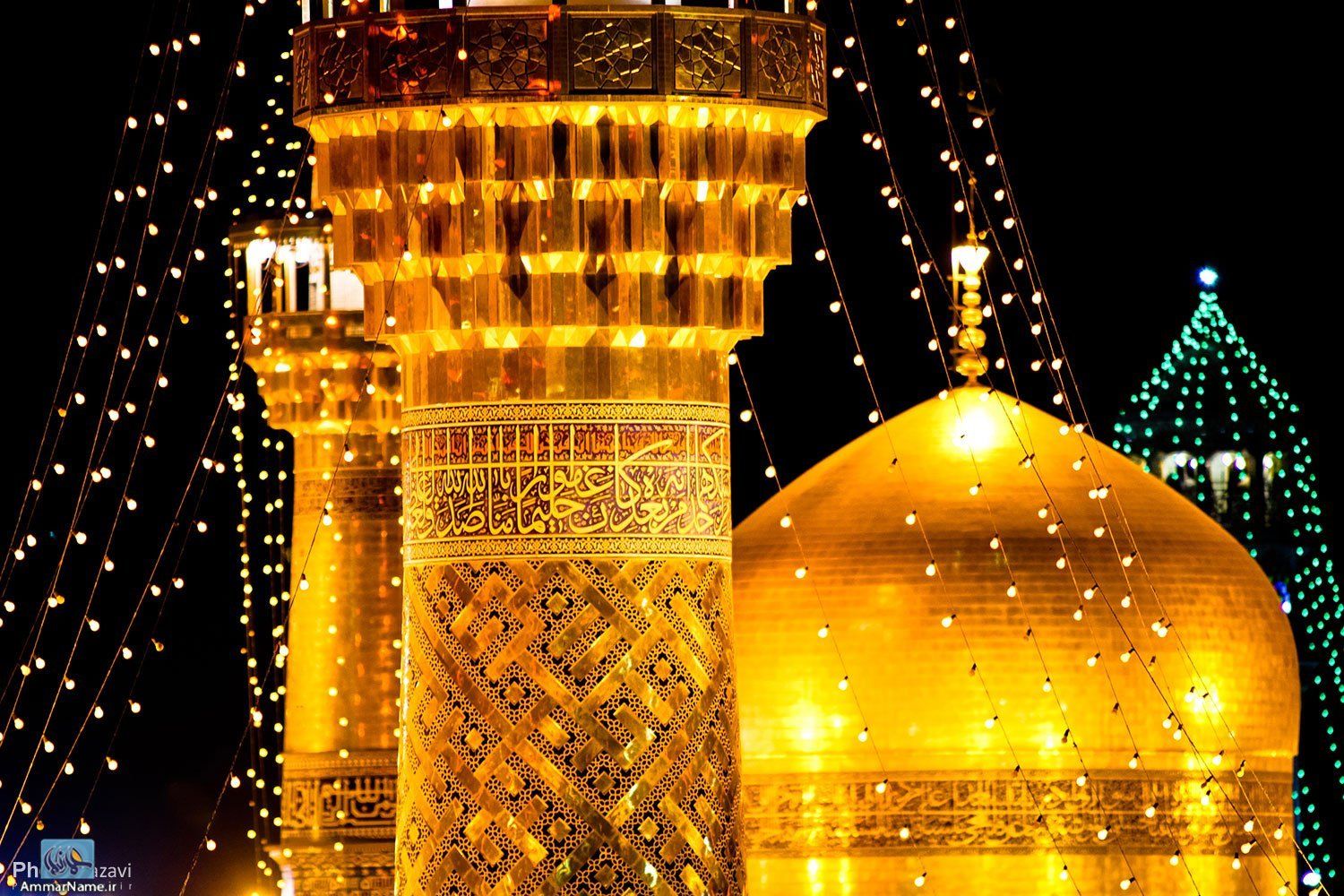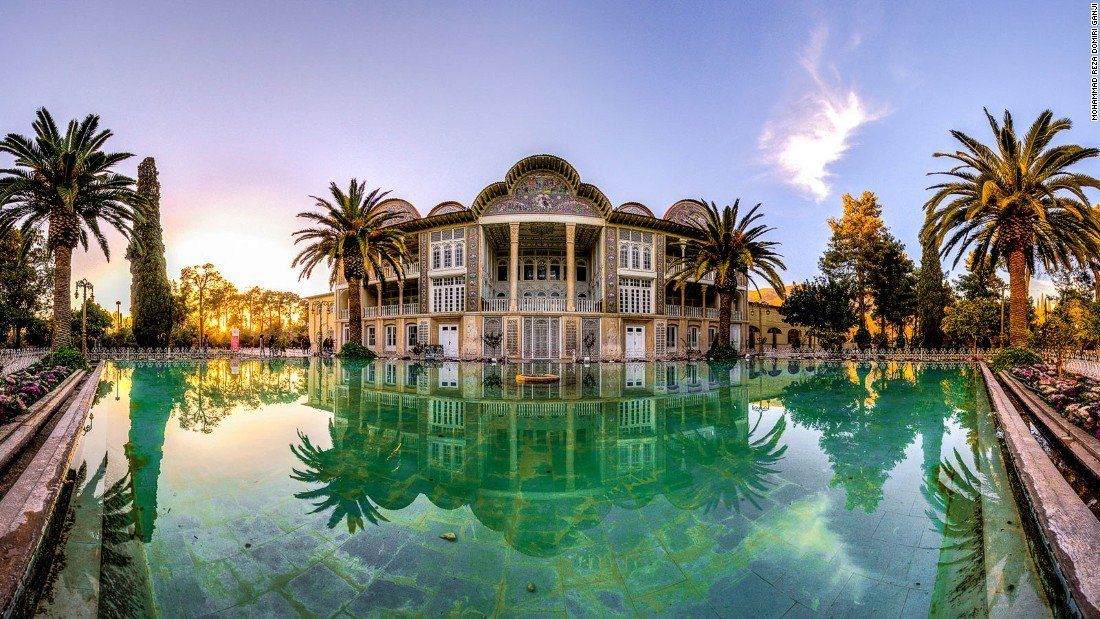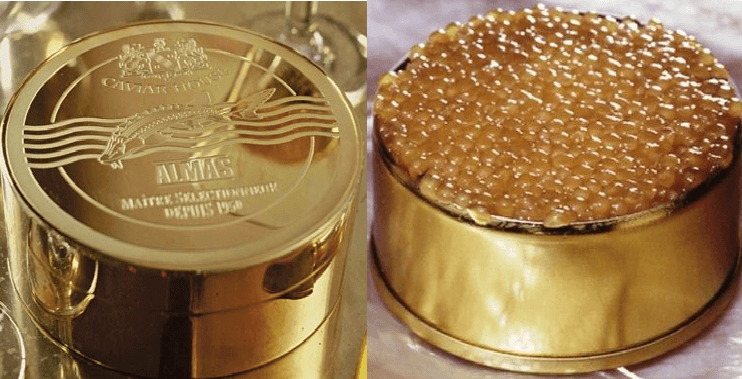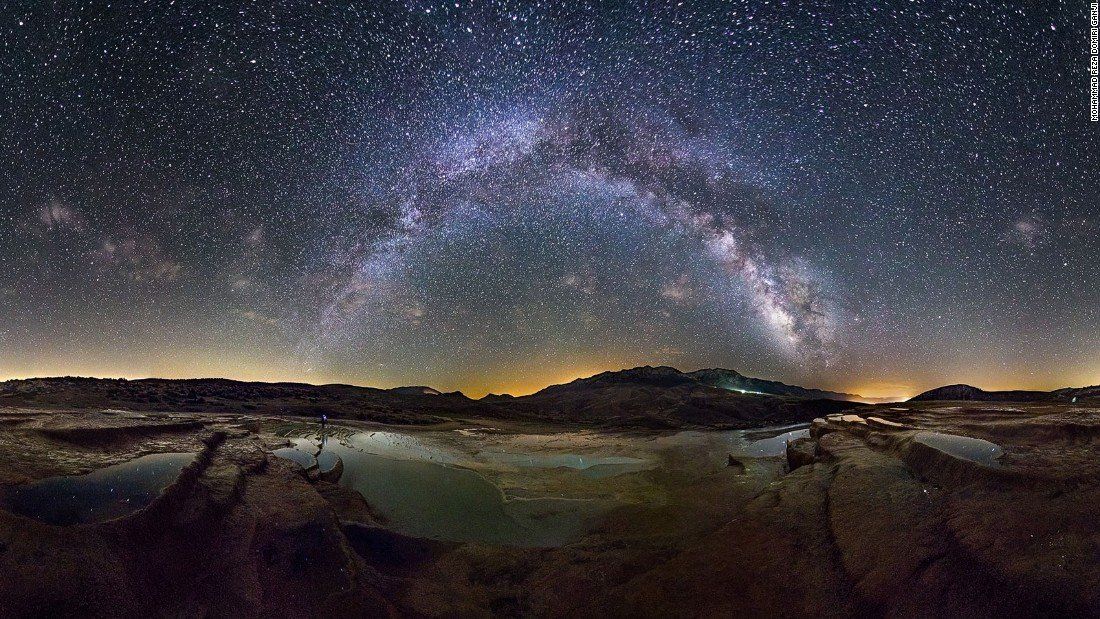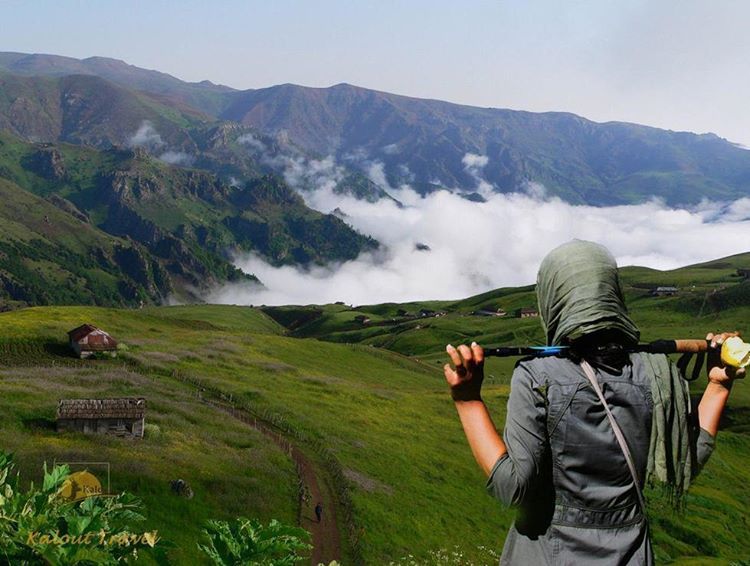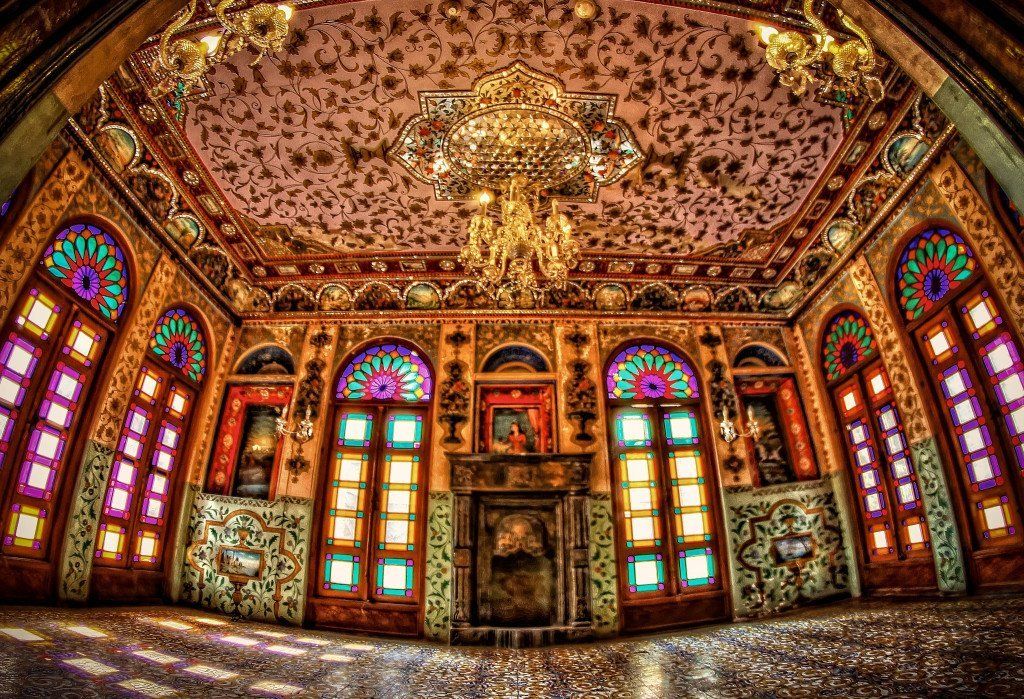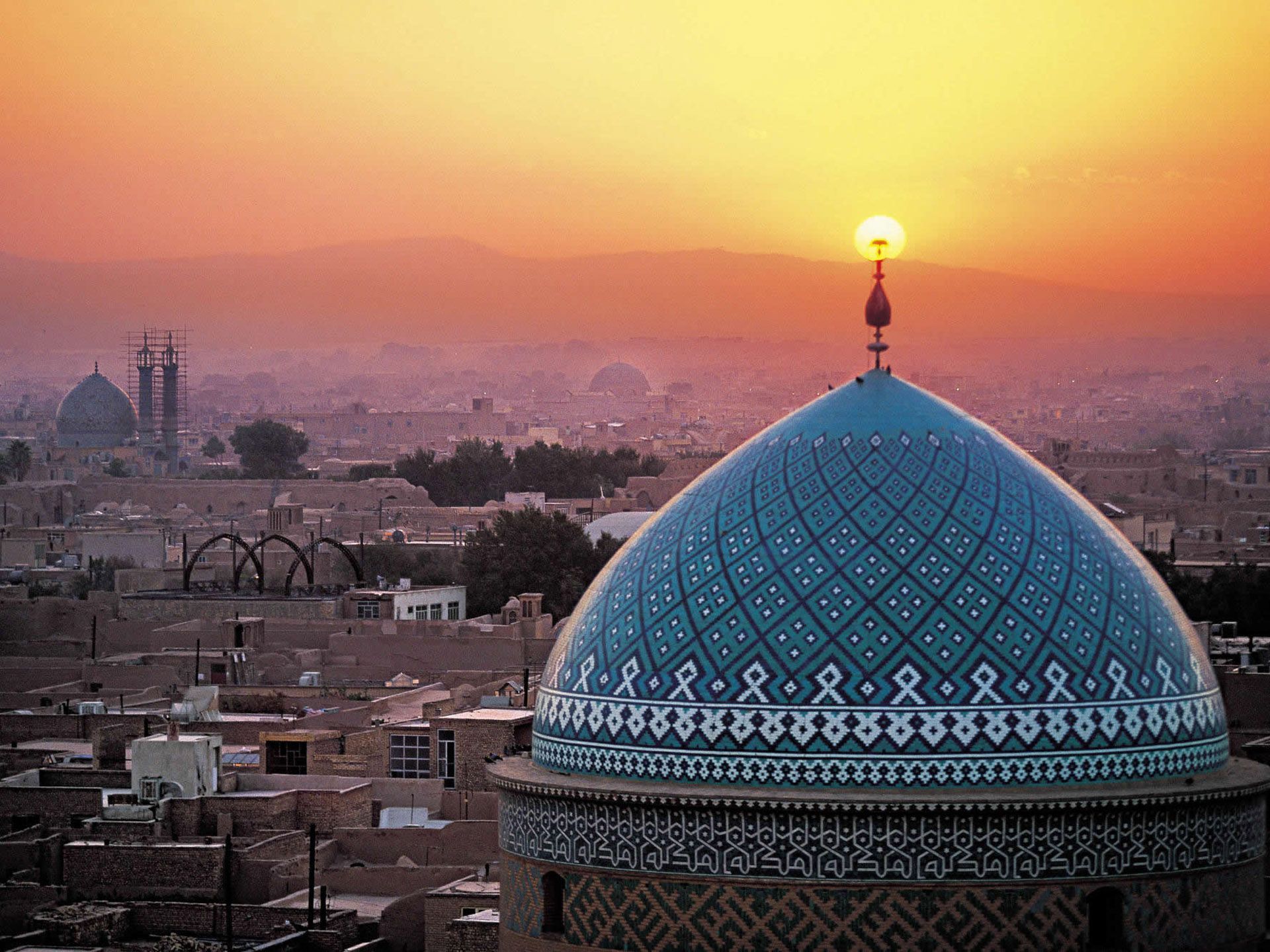Tehran Attractions
Golestan The Golestan (Rose Garden) Palace
It is one of most visited places in Tehran, which was the Qajars' royal residence. Its garden is an oasis of coolness and silence in the heart of the city. The main building, architecturally unpretentious, houses a museum with objects from the Qajar period in the overloaded and pompous style of last century. In the Golestan garden, a one-story pavilion to the right and slightly behind the entrance, shelters one of the best organized museums in Tehran. It contains about thirty showcases presenting everything, which makes up the basic originality of Iranian life in the various provinces of the country.
Saad Abad Museum Complex
Saad Abad Museum Complex Set on 104 hectares of spectacular mountainside parkland, the Sa’d Abad Museum Complex was a royal summer home during the Pahlavi period. The site’s 18 buildings house museums dedicated to subjects as diverse as the royal dishware, royal automobiles and miniature paintings.
Niavaran Palace Niyavaran Palace
Niavaran Palace Niyavaran Palace was built between 1958 and 1968 and has a decidedly ‘60s look – clean-lined functionality on the outside contrasting with opulent, European-royal style furniture and enormous, intricately woven carpets inside. Highlights include the magnificent Kerman carpet showing Iranian kings right back to the Achaemenids as well as some European sovereigns, including Napoleon Bonaparte; the shah’s walk-in wardrobe full of dozens of uniforms; a selection of Farah Diba’s very stylish gowns; and the retractable roof that opened the centre of the palace to the sky. Adjoining to the east is a private cinema and tennis courts, and in front of the palace, the modest family swimming pool.
Treasury of the National Jewels
The treasury contains the largest collection of jewels found anywhere in the world. For the 50,000 rials admission fee you'll get to see the collection of jewels including Darya-e-Noor diamond, the sister diamond to the Kuh-e-Noor diamond. Other highlights include the world's largest uncut ruby and a free standing golden globe made from 34 kilograms of gold and an astounding 51,366 precious stones.
National Museum of Iran
National Museum of Iran Designed by French architect André Godard and completed in 1928, it’s one of the more attractive modern buildings in Tehran, blending Sassanian principles such as the grand iwan -style entrance with art deco–style brickwork. Inside is a collection including ceramics, pottery, stone figures and carvings, mostly taken from excavations at Persepolis, Ismail Abad (near Qazvin), Shush, Rey and Turang Tappeh. Tehran Bazaar Tehran Bazaar area is absolutely worth visiting, there you can find anything you ever may need: food clothes, shoes, gold, tools, machines - everything. To see the real life and feel the heat of Tehran this is just the place to go, even if you are not going to buy anything. But you may anyway, because the prices are more than reasonable.
Milad Tower
Milad Tower is the tallest tower in Iran, the fourth tallest tower in the world and 12th tallest freestanding structure in the world, and it is visible from almost everywhere in Tehran. It stands 435 m high from base to tip of the antenna. There is a rotating restaurant at 390m above the ground, which has become one of the most luxurious restaurants in the country.
Azadi Tower
Built in 1971 in commemoration of the 2,500th anniversary of the Persian Empire, this "Gateway into Iran" was named the Shahyad Tower, meaning "Kings' Memorial", but was dubbed Azadi (Freedom) after the Iranian Revolution of 1979. It is 50 meters (164 ft) tall and completely clad in cut marble. Today it is the symbol of Tehran. The entrance of the tower is directly underneath the main vault and leads into the Azadi Museum on the basement floor. The black walls and proportions of the building are austere. Heavy doors open onto a crypt with subdued lighting issuing from showcases, each containing an object. Gold and enamel pieces, painted pottery, marble, miniature, and paintings are located among black marble walls.
Tehran Museum of Contemporary Art
The Tehran Museum of Contemporary Art is in a striking concrete modernist building constructed during the shah’s rush to build modern landmarks in the 1970s. Progressive Queen Farah Diba was the driving force behind the museum (her cousin Kamran Diba was the architect) and by the time it opened in 1977 its nine major galleries in their distinctive, Guggenheim-esque spiral layout were home to a remarkable collection of Western and Iranian art. The museum boasts works by Picasso, Matisse, Van Gogh, Miró, Dalí, Bacon, Pollock, Monet, Munch, Moore and Warhol, among many others. On the open market, the collection is estimated to be worth between US$2 billion and US$5 billion.
Carpet Museum
The exhibition hall of museum covers 3400 square meters, containing two halls used to display different kinds of kilims and handmade rugs. The ground floor hall is devoted fairs and the one upstairs to temporary exhibition of kilim and rugs. One of the oldest and most important carpets, available in this museum, is a carpet belonging to Safavid era, called "Sangeshku". There are also seven animal carpets, "Sheikh Safieddin Ardebili" carpet, garden carpets and tapis Polonaise or Polish carpets, which are some of the precious carpets available in this museum.
Darakeh & Darband
On a sunny or smoggy day few things could be nicer than fleeing the traffic fumes for the foothills of the Alborz Mountains and the walking trails of Darakeh and Darband. The trails pass waterfalls and cross streams as they head up into the hills. They are crowded on Thursday afternoon and Friday and make a great place to meet Tehranis in a relaxed, social atmosphere. The lower reaches of both trails are lined with teahouses and stalls selling food and drinks, which are hugely popular in the evenings – some close midweek and in winter. A dish of dizi (stew), a kabab or two, a cold drink or a huff and a puff on a qalyan by the stream will soon help you forget the Tehran traffic. Among other tasty treats to sample on the way up are dates, apricots, pickled walnuts, lavashak (sheets of pressed dried fruit), fresh mulberries and steamed lima beans.
Tochal Telecabin
Popular Tochal Telecabin runs 7.5km up Mt Tochal (3957m) to the fourth-highest ski field on earth where you’ll find snow for between six and eight months a year. The telecabin is busy on Fridays when the slopes are packed with well-off young Tehranis here as much for the socialising as the skiing (or hiking during the summer months).
Tehran Grand Bazaar
The Grand Bazaar (Persian: Bāzār e Bozorg – بازار بزرگ) is an old historical market in Tehran, the capital of Iran.
Located at the Arg Square in Southern Tehran, it is split into several corridors over 10 km in length, each specializing in different types of goods, and has several entrances, with the main being the entrance of Sabze Meydan.
In addition to shops, the Grand Bazaar of Tehran has contained banks, mosques and guest houses.
The bazar has access to Tehran Metro through Khayam Metro Station.
While the current bazaar is most associated with the 19th century onwards, its roots go back much further.
The area around Tehran has been settled since at least 6,000 BCE, and while bazaar-like construction in Iran as a whole has been dated as far back as 4,000 BCE, Tehran's bazaar is not this old. It is hard to say exactly when the "bazaar" first appeared, but in the centuries following the introduction of Islam, travellers reported the growth of commerce in the area now occupied by the current bazaar. The Grand bazaar is a continuation of this legacy.
Research indicates that a portion of today's bazaar predated the growth of the village of Tehran under the Safavids' dynasty, although it was during and after this period that the bazaar began to grow gradually.
Western travellers indicated that by 1660 CE and beyond, the bazaar area was still largely open, and only partially covered.
Shah-Abdol-Azim shrine
The Shāh Abdol Azīm Shrine (Persian: شاه عبدالعظیم), located in Rey, Iran, contains the tomb of ‘Abdul ‘Adhīm ibn ‘Abdillāh al-Hasanī[1](aka. Shah Abdol Azim). Shah Abdol Azim was a fifth generation descendant of Hasan ibn ‘Alī and a companion of Muhammad al-Taqī. He was entombed here after his death in the 9th century.
Adjacent to the shrine, within the complex, include the mausolea of Imamzadeh Tahir (son of the fourth shia Imam Sajjad) andImamzadeh Hamzeh (brother of the eighth Twelver Imām - Imām Reza)
Mount Damavand
Mount Damavand (Persian: دماوند )a potentially active volcano, is a stratovolcano which is the highest peak in Iran and the Middle East as well as the highest volcano in Asia (the Kunlun Volcanic Group in Tibet has a higher elevation than Damāvand, but are not considered to be volcanic mountains). It has a special place in Persian mythology and folklore. This peak is located in the middle of the Alborz range, adjacent to Varārū, Sesang, Gol-e Zard and Mīānrūd. Themountain is located near the southern coast of the Caspian Sea, in Amol County, Mazandaran Province, 66 kilometres (41 miles) northeast of the city of Tehran.
Further Reading:






















